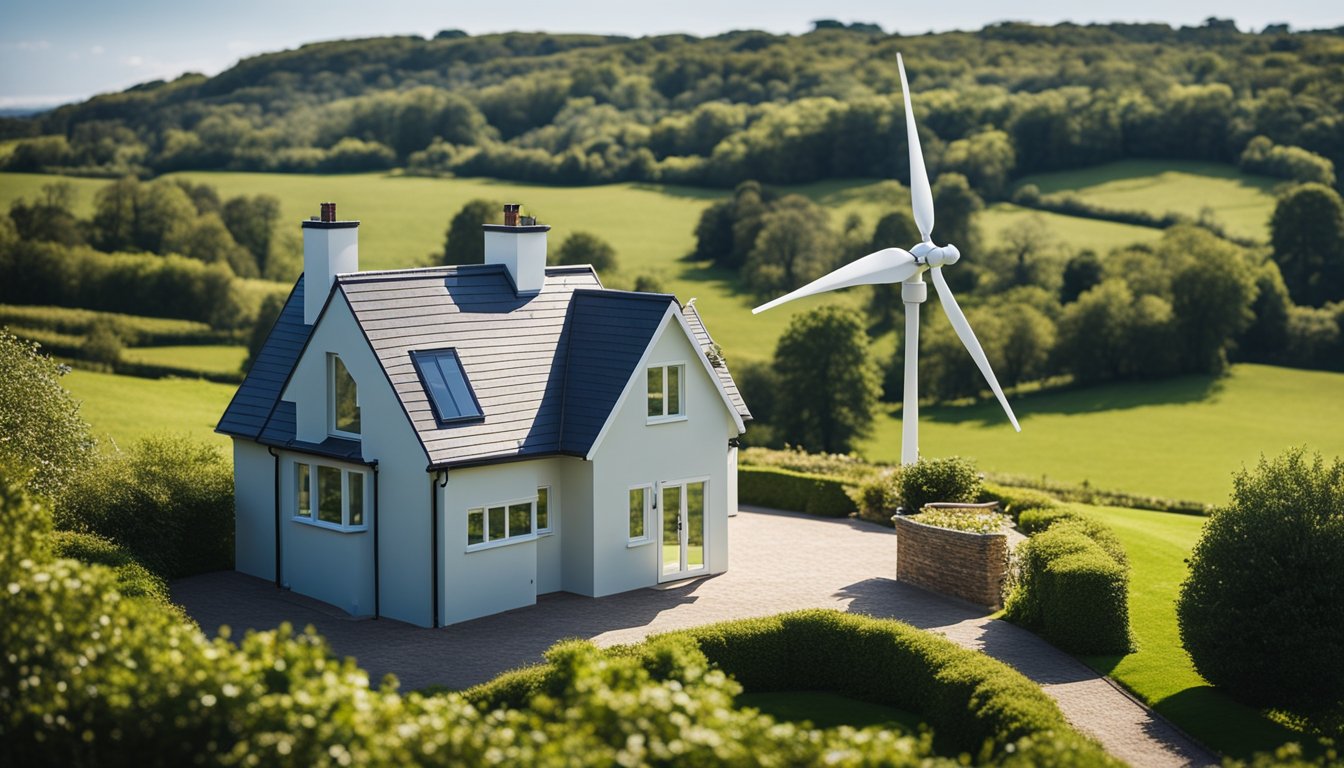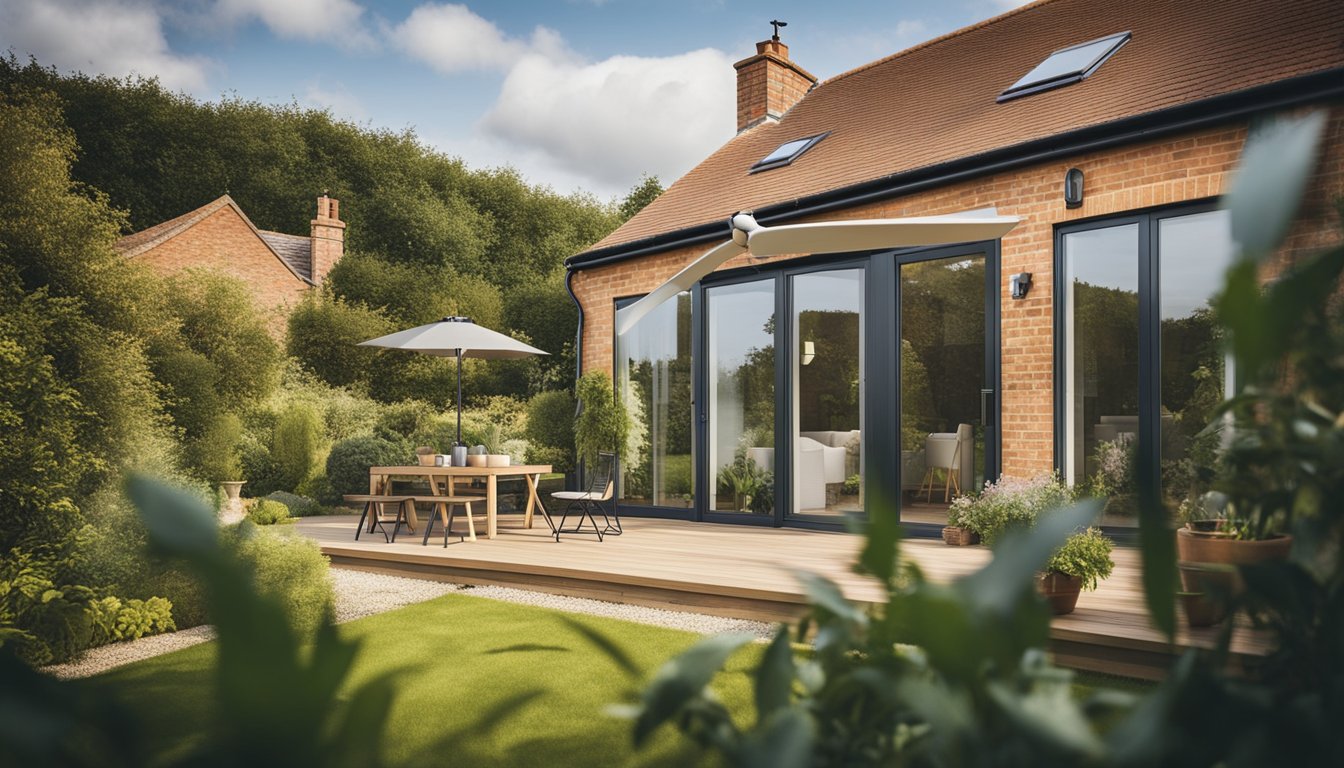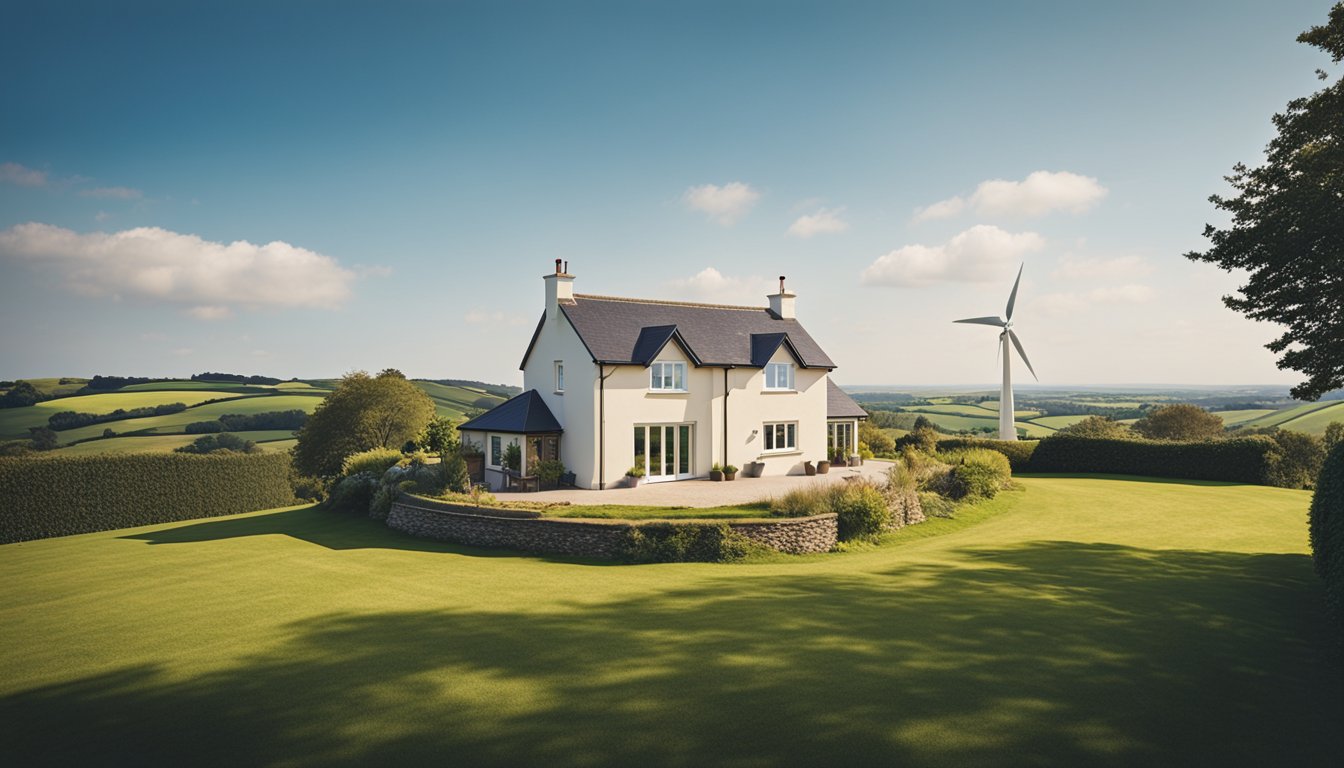Late updated: 10 Apr 2025 08:04
Written by: Eleanor Hartman
The Benefits of Micro Wind Turbines for UK Homes: Sustainable Energy Solutions
Micro wind turbines offer an intriguing solution for UK homeowners looking to harness renewable energy. As concerns about climate change and energy independence grow, these compact systems present a practical alternative to more traditional energy sources. The small-scale design fits seamlessly into residential settings, providing a renewable way to reduce electricity bills.

In the UK, where conditions are often favourable for harnessing wind energy, micro wind turbines are gaining traction. These systems can generate substantial electricity, helping households not only to decrease reliance on the national grid but also to contribute positively to the environment. Government incentives further support the adoption of this clean energy technology, making it an attractive option for environmentally conscious homeowners.
Adopting micro wind turbines isn't just about going green—it's also a smart financial decision. The initial investment can lead to significant savings on electricity bills, and there's the added potential of ongoing returns if excess energy is fed back into the grid. As we explore the benefits and functionality of micro wind turbines in our article, we'll discuss why more UK households are making this sustainable shift.
Key Takeaways
- Micro wind turbines offer a renewable energy solution for UK homes.
- They help reduce electricity bills and reliance on the national grid.
- Government incentives support their adoption in residential settings.
Understanding Micro Wind Turbines in the UK
In the UK, micro wind turbines are becoming a popular choice for those aiming to reduce their reliance on fossil fuels and embrace renewable energy sources. These systems convert wind energy into electricity, providing homes with an eco-friendly alternative.
How Micro Wind Turbines Work
Micro wind turbines harness kinetic energy from the wind using their blades. As the wind blows, the turbine blades spin, turning this kinetic energy into mechanical energy. A generator within the system then converts this mechanical energy into electricity.
For effective energy generation, these turbines must be installed in areas with optimal wind speeds. Rural locations often see the greatest success, as open areas allow for stronger and more consistent winds. The energy produced depends on several factors, including blade design, wind speed, and turbine efficiency.
Benefits for Home Energy Systems
The primary benefit of micro wind turbines is their ability to lower electricity bills. By generating a portion of the home's energy needs, residents can rely less on the national grid. This not only cuts costs but also reduces carbon footprints, supporting governmental pushes for cleaner energy sources.
Wind power is a renewable technology that contributes to sustainable energy systems. It lessens dependence on fossil fuels, promoting a shift towards more eco-friendly solutions. The option to store excess energy in battery banks further enhances energy independence and efficiency, especially for rural homes.
Planning and Installation
Proper planning is essential before installing a micro wind turbine. Potential site assessments evaluate wind speed and environmental conditions. It's vital to ensure unobstructed wind flow to maximise efficiency. Equally important is obtaining planning permission, which involves local council regulations and possible environmental assessments.
Incentives such as the Contracts for Difference scheme support household adoption by offering financial benefits. Government measures encourage installation through these incentives, aiming to increase the adoption of renewable energy systems. Installation often requires expertise to ensure compliance with safety standards and achieve optimal performance.
Environmental and Economic Impacts

Micro wind turbines offer significant advantages for UK homes by decreasing greenhouse gas emissions and providing financial benefits. These small-scale systems can contribute to the nation's goals for sustainable energy and reduced reliance on traditional power sources.
Reducing Greenhouse Gas Emissions
The adoption of micro wind turbines in domestic settings plays a crucial role in cutting down greenhouse gas emissions. By generating electricity from wind, we avoid carbon emissions and lessen our dependence on fossil fuels.
Micro wind turbines fit perfectly into our nation's broader strategy for achieving net zero emissions. These small turbines contribute directly to cleaner energy production, reducing the need for gas and coal power generation. Their decentralized power generation minimises the load on national grid infrastructure.
New Technologies in turbine designs allow them to be efficient even in less windy areas, supporting seamless integration into urban and rural environments. This encourages more households to transition towards greener power options and participate in eco-friendly energy solutions.
Cost Savings and Financial Considerations
Financial benefits are an important aspect of using micro wind turbines. By generating electricity on-site, we reduce reliance on external energy suppliers, potentially lowering the cost of electricity over time. Although the initial investment can be significant, the return on investment becomes evident as household energy expenses decrease.
Surplus energy generated can often be returned to the national grid, providing additional savings or even income. With continuing advancements in technologies, installation costs are expected to decrease, improving accessibility to these systems.
Moreover, the implementation of micro wind turbines strengthens our energy security while supporting local wind projects. As more homes adopt these systems, economies of scale could drive costs down, fostering wider adoption and greater environmental benefits.
Frequently Asked Questions

In our exploration of micro wind turbines for UK homes, we address common questions about their feasibility, installation, and potential benefits for homeowners. Below, we provide insights into specific aspects such as installation options and legal requirements.
What are the best wind turbine kits for residential use in the UK?
When considering wind turbine kits for homes in the UK, models that are efficient in low to moderate wind speeds are ideal. Some well-regarded kits include those from manufacturers known for durability and ease of installation.
Are rooftop wind turbines a viable option for UK homes?
Yes, rooftop wind turbines can be effective, especially in areas with consistent wind. Their compact size makes them suitable for urban or suburban settings. Proper positioning and securing are crucial to maximize their performance and minimise noise.
What are the advantages of installing a vertical wind turbine at a UK residence?
Vertical wind turbines are beneficial due to their ability to capture wind from all directions. They operate quietly, making them suitable for residential areas. Their design is also generally more compact and aesthetically flexible, fitting well with various home styles.
Do homeowners in the UK require planning permission to install small wind turbines?
In most cases, domestic wind turbines require planning permission, though regulations can vary by location. It is advisable for homeowners to consult their local council for specific requirements and guidelines to ensure compliance.
How much electrical power can a micro wind turbine generate for a UK household?
Micro wind turbines can supply a substantial portion of a household's electricity needs, potentially reducing electricity bills by up to 50%. The exact output depends on wind conditions and the turbine's capacity, with typical systems generating several kilowatt-hours per day.
What are the cost implications of setting up a domestic wind turbine in the UK?
The cost of installing a wind turbine can range significantly based on its size and type. Initial expenses include purchasing the turbine, inverters, and any necessary batteries. Additionally, installation and maintenance costs should be considered, with total setup often exceeding £1,000.